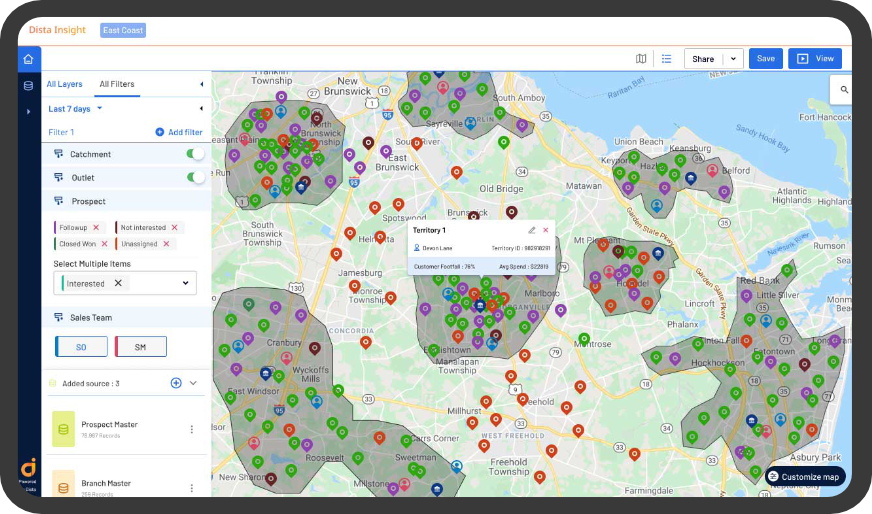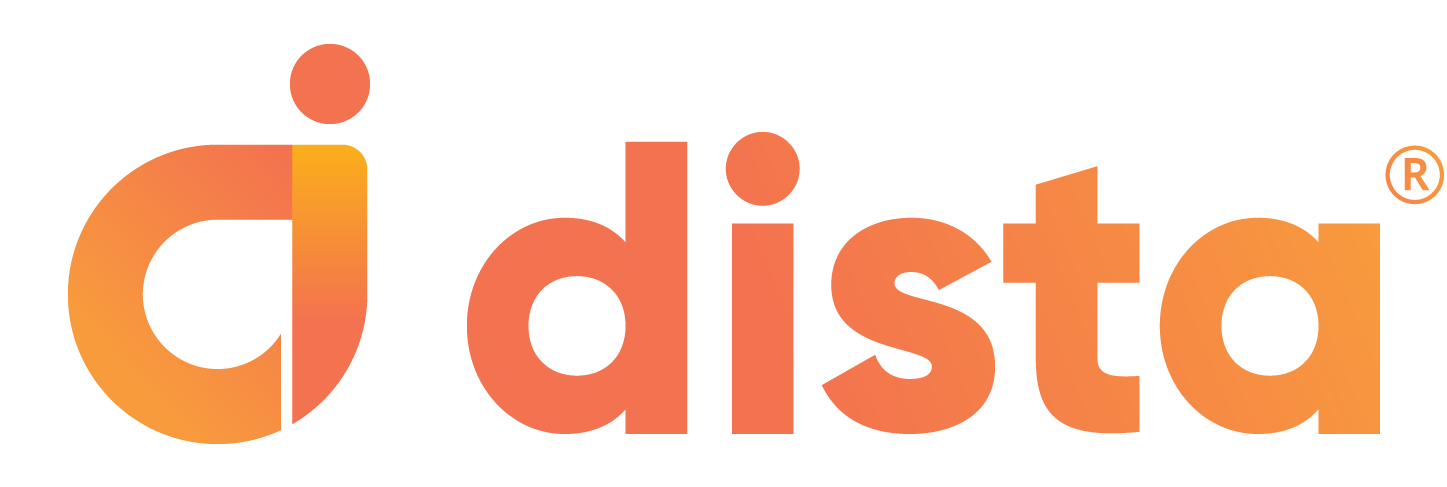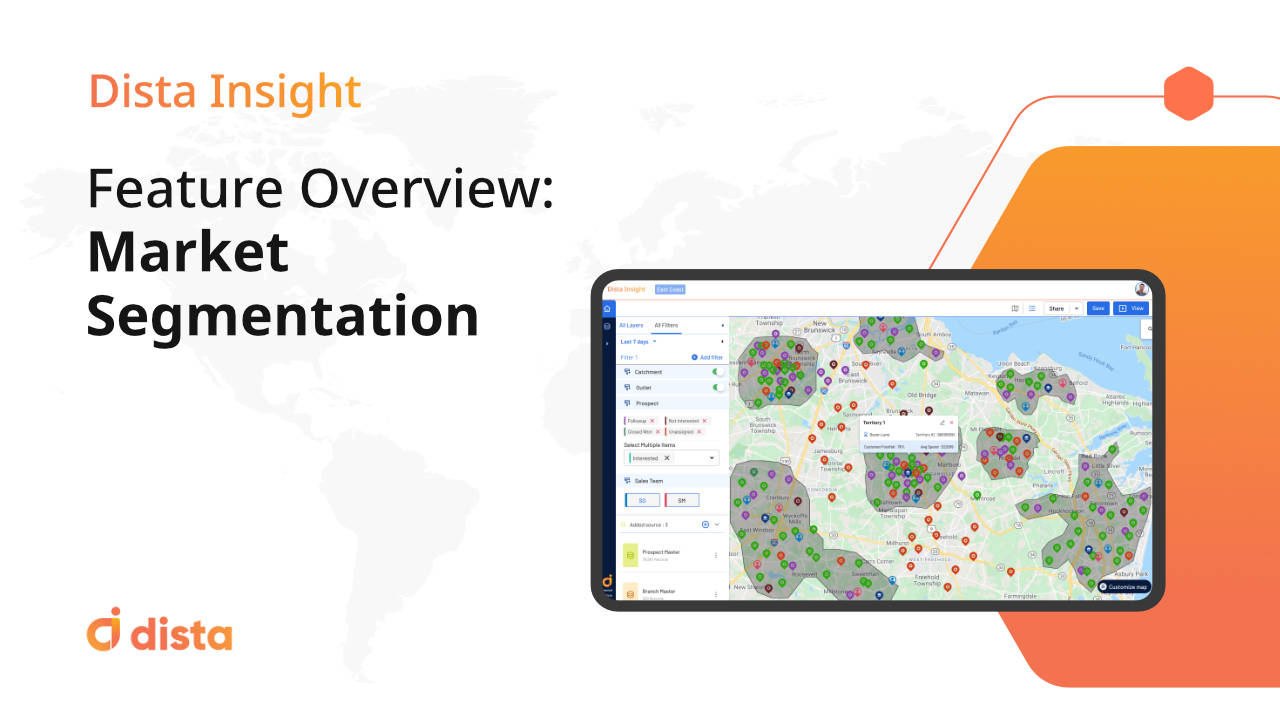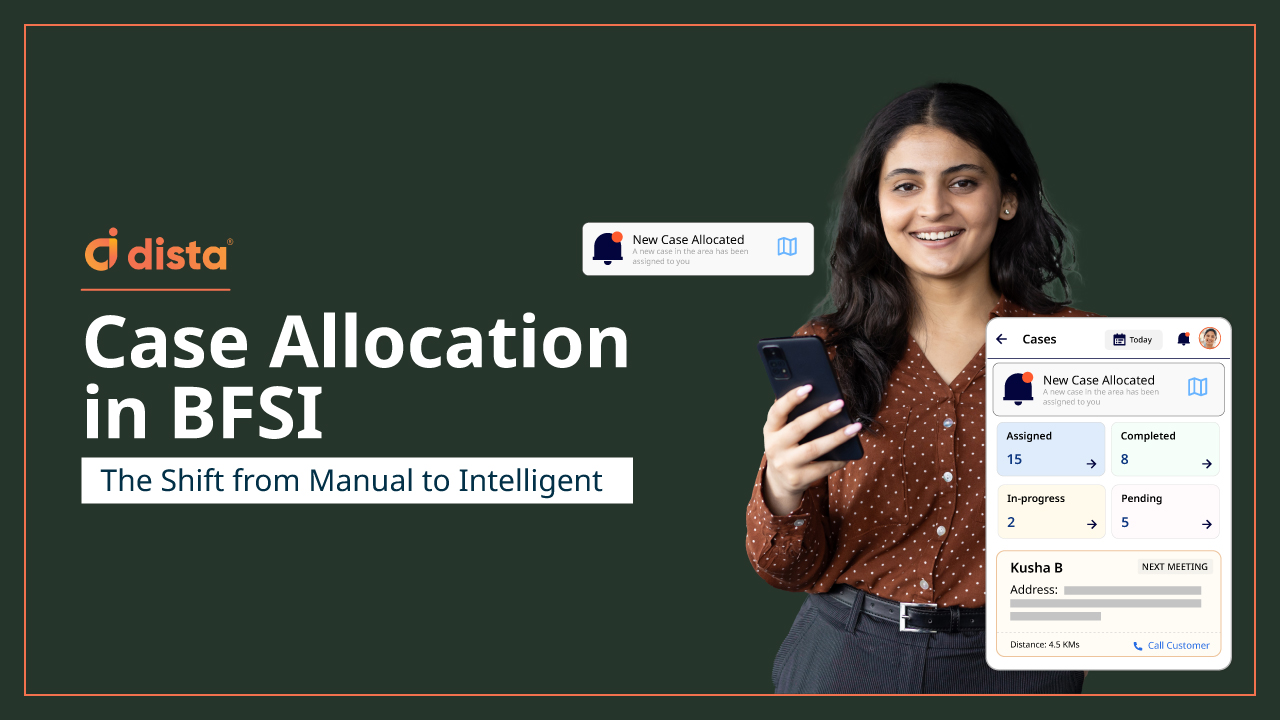What is Market Segmentation?
Market segmentation is a method of classifying the target market into smaller and manageable groups that share common characteristics like location, behavior, personality, and more. Organizations can optimize their products, marketing and sales efforts by leveraging market segmentation.

Benefits of Market Segmentation
1) Develop Deeper Marketing Communication
Creating marketing messages is easier when you know who your audience is. Instead of making generic and vague marketing communication that speaks to a broader audience, you can deliver direct messaging that caters to the unique traits of your targeted audience.
2) Identify the Most Effective Marketing Strategy
It is not easy to know which marketing tactics will attract your ideal audience. Using various market segmentation rules makes it easier to strengthen your marketing strategies for the best results.
3) Effective Personalized Targeted Ads
With market segmentation, you can target audiences on several parameters like traits, income, age, location, interests, etc. This helps attract the right audience with more effective and curated ad campaigns.
4) Conversion of Quality Leads
Direct and specific marketing messages attract the right audience. As there is a larger pool of ideal prospective customers, they are more likely to become potential buyers.
5) Identify Niche Market Opportunities
Market segmentation helps you recognize areas of the market you would not have considered before. You can discover your niche market with the broadest audience and analyze whether there is potential in the market. This could even lead to developing new products targeted specifically at these markets.
Dista Insight Use Case
Let’s say a leading battery selling company wants to expand to new markets and open new stores. With Dista Insight, the company can
- Identify existing and potential dealers for a specific area
- Identify over-served and under-served areas
- Reduce cannibalization due to overlapping of multiple stores in a specific area
- Discover unserved areas to expand existing coverage or setup new channel partners
- Perform intelligent gap analysis to identify areas where business can grow
Common Types of Market Segmentation
1) Geographic Segmentation
Classification of a group is based on geographic boundaries. The segmentation focuses on city, state, country, zip code, zones, climate, population density, economic status, and so on.
2) Demographic Segmentation
Classification of a group is based on location, age, gender, income, education, ethnicity, etc.
3) Psychographic Segmentation
Classification of a group is based on customer traits, priorities, personalities, lifestyle, social status, etc.
4) Behavioral Segmentation
Classification of a group is based on customer spending habits, brand interaction, engagement, usage, and more. It is one of the most popular customer profile types to be integrated into marketing campaigns.
Get in touch with us to see Dista Insight in action.






